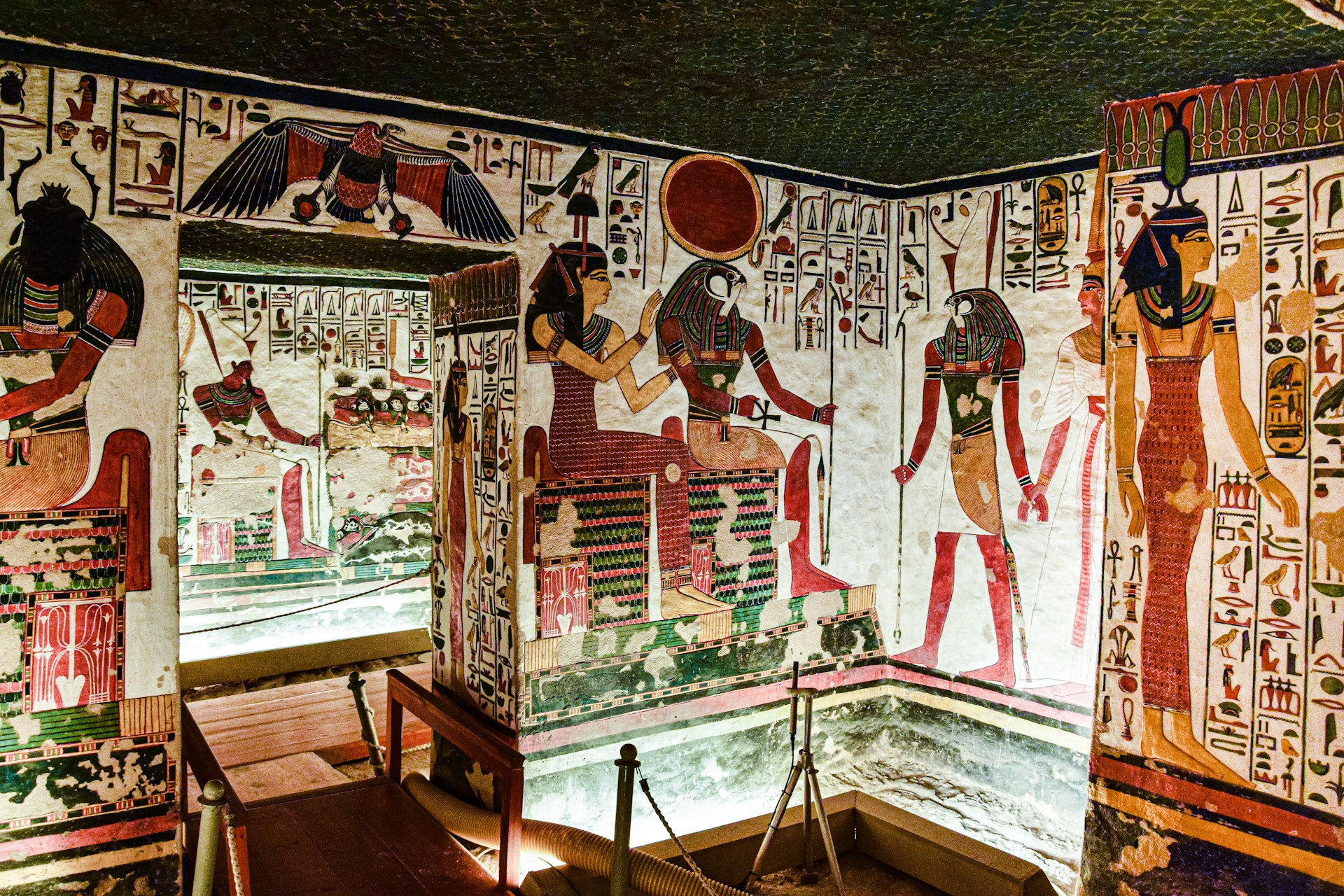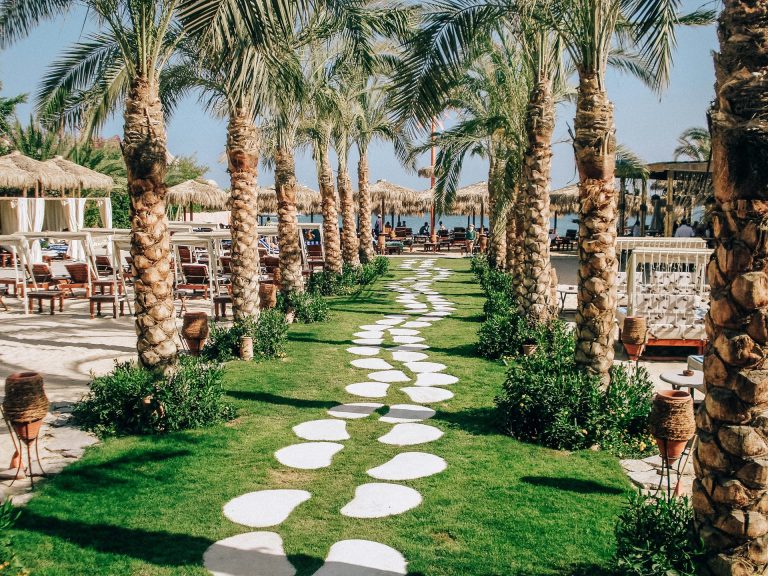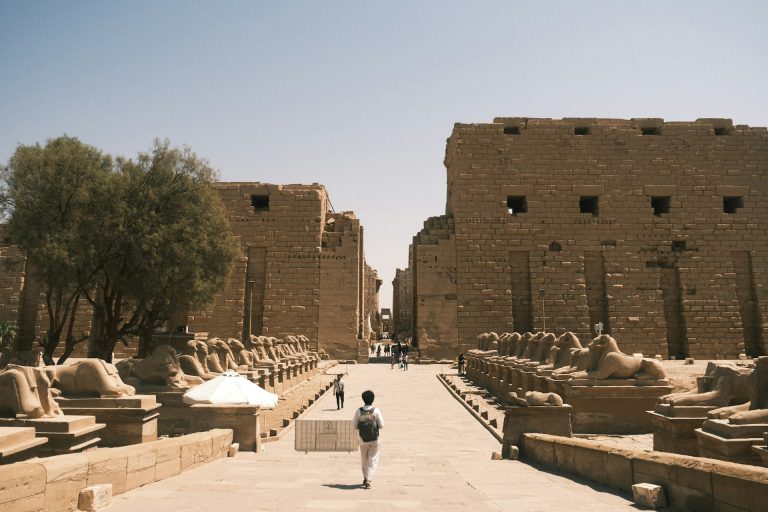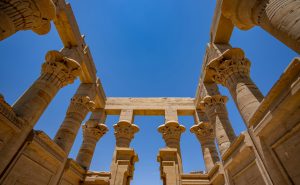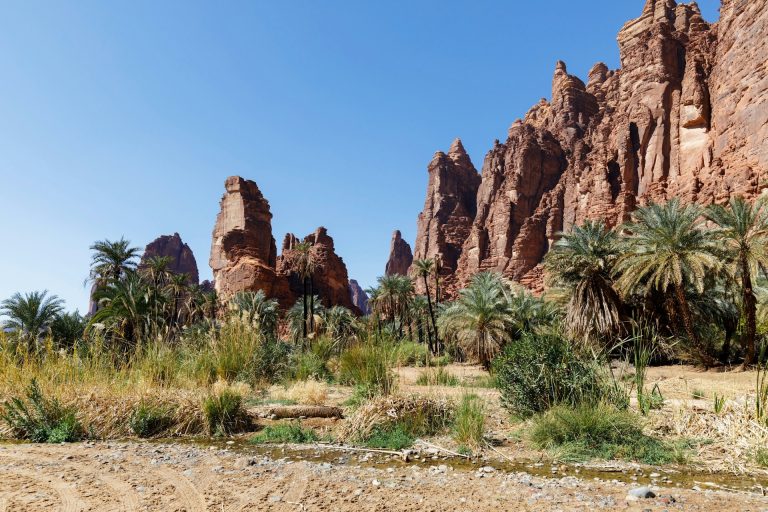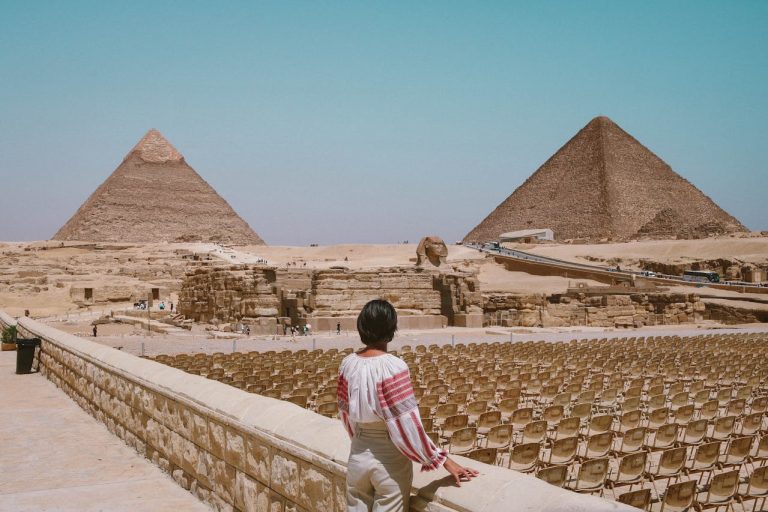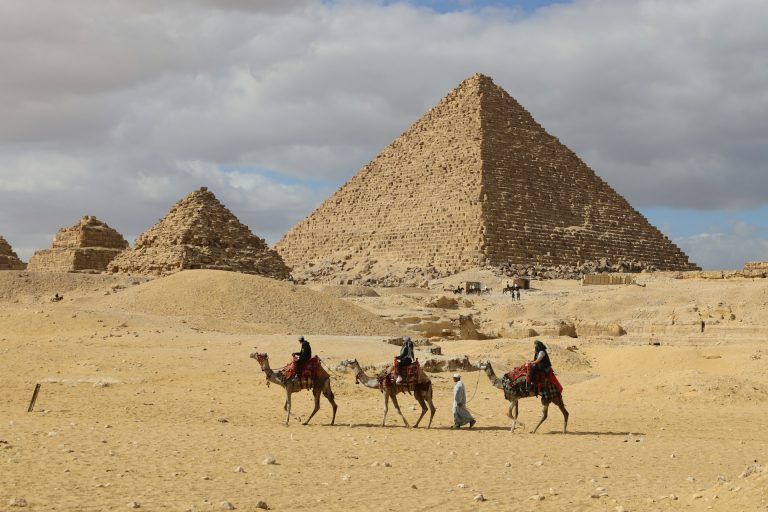Best Things to See and Do in Luxor: A Complete Travel Guide
Luxor, often referred to as the world’s greatest open-air museum, is a treasure trove of ancient wonders. Located on the east bank of the Nile River, this historic city offers a unique glimpse into Egypt’s rich past. From towering temples to majestic tombs, Luxor is a must-visit destination for anyone interested in history, culture, or simply looking for an unforgettable holiday experience.
As you wander through Luxor, you’ll encounter some of the most iconic monuments in Egypt. The temples of Karnak and Luxor stand as testaments to the architectural genius of the ancient Egyptians. A visit to these awe-inspiring sites will leave you marvelling at their grandeur and artistry.
But Luxor is not just about ancient temples. The Valley of the Kings, nestled in the cliffs of the Theban hills, invites you to explore the final resting places of Egypt’s pharaohs. For those looking to unwind, a serene cruise on the Nile offers breathtaking views, especially at sunset. Moreover, Luxor’s museums provide fascinating insights into mummification and the daily life of ancient Egyptians, making your visit even more enriching.
Whether you’re an avid history enthusiast or just want to soak in the beauty of Egypt’s landscapes, Luxor has something for everyone. Join us as we explore the best things to see and do in this captivating city.
Exploring the Temples of Karnak and Luxor
The Temples of Karnak and Luxor are two of the most impressive and historically significant sites in Egypt. Located on the east bank of the Nile, these temples offer a fascinating glimpse into ancient Egyptian civilisation and its architectural achievements.
Karnak Temple is a vast complex of chapels, pylons, and obelisks dedicated to the Theban triad of Amun, Mut, and Khonsu. It is the largest religious building ever constructed, covering over 200 acres. As you walk through the grand Hypostyle Hall with its 134 giant columns, you’ll marvel at the sheer scale and detail of the carvings and hieroglyphics. The Sacred Lake and the Avenue of Sphinxes are also highlights that provide insight into the rituals and ceremonies that took place here.
Luxor Temple, located a short distance from Karnak, is equally captivating. Built by Amenhotep III and later added to by Ramses II, this temple was dedicated to the rejuvenation of kingship. The temple’s entrance is flanked by massive statues of Ramses II, and the interior is filled with intricately carved reliefs depicting various gods and pharaohs. The highlights include the Court of Amenhotep III and the Colonnade, which provide a sense of the grandeur and magnificence of the original structure.
Visiting the Valley of the Kings
The Valley of the Kings is one of the most iconic and visited archaeological sites in the world. Nestled in a desert valley west of Luxor, this ancient necropolis served as the final resting place for pharaohs and powerful nobles of the New Kingdom.
The site boasts over 60 tombs, each uniquely decorated with vibrant paintings and intricate carvings that depict the journey to the afterlife. The most famous tomb in the Valley is that of Tutankhamun, known for the wealth of treasures it once contained. Although most of these treasures are now in museums, the tomb itself remains a compelling visit with its well-preserved wall paintings.
Other notable tombs include those of Ramses VI, Seti I, and Hatshepsut. Each tomb offers a different glimpse into the burial practices and beliefs of the ancient Egyptians. The tomb of Ramses VI features stunning ceiling decorations, and the tomb of Seti I is renowned for its length and detailed wall carvings.
When visiting the Valley of the Kings, it is essential to wear comfortable walking shoes and bring plenty of water, as the desert climate can be harsh. The site’s ticketing system allows for entry to a certain number of tombs, so planning which ones to visit in advance can make your experience more rewarding. The experience of walking through these ancient burial chambers is both awe-inspiring and educational, offering a unique connection to Egypt’s storied past.
Cruising the Nile at Sunset
One of the most magical experiences in Luxor is cruising the Nile River at sunset. The tranquil waters, combined with the vibrant colours of the setting sun, create a serene and picturesque atmosphere. A sunset cruise offers a peaceful escape from the hustle and bustle of sightseeing and allows you to appreciate the natural beauty of the Nile.
During the cruise, you can enjoy breathtaking views of the riverbanks, dotted with lush greenery and occasional glimpses of ancient temples and monuments. The gentle breeze and the soothing sound of the water make for a relaxing experience, perfect for winding down after a day of exploration.
Many sunset cruises include traditional Egyptian music and entertainment, such as belly dancing or folkloric performances, adding to the cultural experience. Some also offer dinner on board, allowing you to enjoy a delicious meal while taking in the stunning scenery. Whether you’re travelling alone, with family, or with friends, a sunset cruise on the Nile is a must-do activity in Luxor.
Experiencing the Luxor Museum and Mummification Museum
For those interested in delving deeper into the history and culture of ancient Egypt, the Luxor Museum and the Mummification Museum are must-visit attractions. These museums provide fascinating insights into the life and death of the ancient Egyptians, showcasing a range of artefacts and exhibits.
The Luxor Museum, located on the Corniche, houses an impressive collection of artefacts from the Theban region. Highlights include statues, jewellery, and pottery, as well as the stunning statue of Amenhotep III and the magnificent head of Hathor. The museum’s exhibits are beautifully presented and well-labelled, making it easy to understand their historical significance.
The Mummification Museum, situated close to the Luxor Museum, offers a unique look into the ancient practice of mummification. The museum explores the various techniques used to preserve bodies for the afterlife and displays mummies of humans and animals. Exhibits include embalming tools, decorated coffins, and amulets placed on the mummies for protection. The detailed explanations and interactive displays make this museum both educational and engaging.
Together, these museums provide a comprehensive understanding of the ancient Egyptians’ beliefs, rituals, and daily life, enriching your overall experience in Luxor.
Conclusion
Luxor offers a wealth of experiences that cater to every interest, from historic temples and tombs to serene river cruises and fascinating museums. Exploring the temples of Karnak and Luxor reveals the grandeur of ancient Egyptian architecture and their religious practices. Visiting the Valley of the Kings allows you to walk in the footsteps of pharaohs and uncover the secrets of their burial treasures. A sunset cruise on the Nile provides a peaceful retreat, while the Luxor Museum and Mummification Museum offer deeper insights into the ancient world.
Whether you’re a history buff, a culture enthusiast, or simply looking for a memorable holiday, Luxor has something for everyone. Make the most of your trip by planning your itinerary carefully and allowing yourself enough time to explore these incredible sights.
For a seamless and unforgettable experience in Luxor, book with TaNefer Tours, the tour travel agency that offers an extraordinary journey. Our expertise and comprehensive tour packages ensure you make the most of your visit to this remarkable city. Start your adventure today and step into history!
